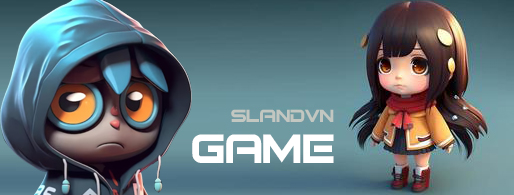Che Guevara symbol of world youth
After being murdered, Che’s body was buried in an unknown grave with the bodies of two other inmates, his hands were cut off so no one could confirm his identity. However, the remains of the illustrious revolutionary soldier were still found in 1997 and returned to Cuba. During the recent memorial service, Bolivian President Evo Morales remarked: “Che struggled and died because of the Bolivian liberation movement and in the attempt to liberate all Latin America.”
Che Guevara’s real name is Ernesto Guevara de la Serna, born on June 14, 1928 in Rosario, Argentina, the eldest of five children of a Hispanic Irish middle-class family.
Che’s father is engineer Ernesto Guevara Lynch; mother is Mrs. Celia de la Serna – a radical thoughtful woman. At the age of two, Che had pneumonia and later developed asthma, which followed him throughout his life.
In 1948, Ernesto enrolled in the Faculty of Medicine at the University of Buenos Aires.
In 1952-1953, Che and his close friend, Alberto Granado, a biochemist, made the journey through Latin America. During this trip, Che completed a special diary expressing the concerns, thoughts and aspirations of a talented, romantic, hawkish, adventurous boy and always dreaming of a love. love beautiful. The journey has greatly contributed to the vision and the later Che Guevara people. Perceptions from reality have heightened his vision, making him accept to give up the reputation of a doctor and determination to bring his whole life to fight for freedom, the right to equal and warm living full of oppressed people in the world
On December 23, 1953, Che met Hilda Gadea, an exiled Peruvian. Gadea then introduced him to Cuban exiles during the July 26 movement. Among them was Nico Lopez, who later gave him the nickname “CHE”.
In 1955 Che went to Mexico and met Fidel Castro and decided to join the revolutionary movement.
On October 25, 1955, Che and 81 people boarded the ship Granma leaving Mexico to make landings in Cuba.
For more than 3 years of fighting, Che proved his outstanding military talents. Che was the first person to be commanded and won a gold star on his hat in December 1957, before Raul Castro and Camilo Cienfuegos. On December 27, Che decided to enter the city of Santa Clara, the capital of Las Villas province and won a resounding victory. This is one of the most important guerilla battles.
After the revolution, Che experienced important positions of the young government, originally the Governor of the National Bank and then the Minister of Industry. Che also regularly made trips to seek Cuban revolutionary support from the Soviet Union, Asian countries, Africa and Eastern Europe. As an official representative of the Cuban State, Che participated in many meetings at the United Nations as well as conferences of various forums to speak not only of Cuban people but also of all. oppressed peoples in the world.
In April 1965, Che secretly left Cuba to Congo. Earlier, Che wrote to Fidel Castro a famous farewell letter.
From 1965 to 1967, Che carried out his international mission in Congo and Bolivia, Che organized guerrilla troops against the US minions in these countries.
On October 8, 1967, Che and his two teammates were captured by Bolivian army under CIA training in the village of La Higuera.
At 13:10 on October 9, 1967, Che was executed at a school under the supervision of CIA staff member Felix Rodriguez. The burial place of Che’s body was kept secret for the next 30 years.
In 1997, Che comedy was found at the runway near the village of Vallegrande and returned to Cuba on October 17, 1997.
| Che Guevara symbolizes the youth of the world because it is a form of revolutionary struggle. Che Guevara’s tireless enthusiasm in the struggle to liberate Cuba. His assassination is considered a despicable murder. After his death many young people considered him a symbol of youth, Che Guevara was portrayed as a brave and enthusiastic person. He is a symbol of youth protests in the 70s and 80s of the 20th century. |
Tags: 1928 in Rosario, Argentina, born on June 14, Che Guevara's real name is Ernesto Guevara de la Serna
Featured articles
TECHNICAL SPECIFICATIONS OF TOTA QM50 CO PE FILM WINDING MACHINE
JUCHENGMO Summary of Vietwater exhibition 2019
Producing and creating entertainment games
Preparations to complete the biotechnology laboratory
Introduction Canonical shipper game
CHAM VIETNAM’s Services Introduction
History of International Women’s Day March 8
MORE THAN 100 YEARS OF ESTABLISHMENT AND DEVELOPMENT OF THE AVIATION INDUSTRY
Sustainable biotechnology development with biodiversity system.
Beautiful banner template for your company
NEW
What is HTML5? Superior web design and development with HTML5
Producing and creating entertainment games
Introduction Canonical shipper game












